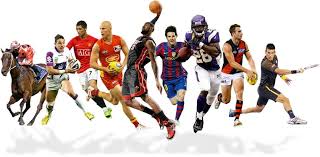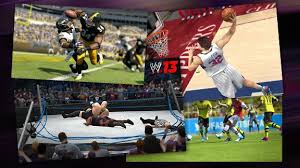. . . You Won’t Let Me Play!”
Its a complicated subject really . . . PAIN
There are may different kinds of pain and each structure in our body hurts differently depending on why it is hurting!
I have heard these words many, many times and my biggest concern is twofold:
- Kids not telling their parents they are in pain because they really fear that their parent won’t let them play and they want to keep playing! OR WORSE
- Mom/Dad/Coach saying “suck it up” and play through it while turning to the parent next to them to say kids are “too soft” these days.
Ever experience either of those scenarios? I have seen it first hand on the fields!
How do we find a middle ground?
Well first we need to look at the type of injury ~ how did you wind up with pain?
If you have an acute injury:
- You probably have lots of pain, some swelling and are not in the mood to play ~ follow those instincts!
- If you are feeling better in a few minutes try playing again ~ you’ll know if you need to stop.
If you have a chronic injury:
- You probably have intermittent pain and of varying intensity.
- This is the most confusing pain to deal with because there is no simple answer . . .
- You may be able to play through the pain BUT that doesn’t mean you should . . . you could be doing more damage to the injured tissues.
If you don’t have an injury at all:
- Your pain could be the start of an overuse injury that develops slowly or you happen to “just notice” one day – see acute and chronic injuries above . . .
- Your pain could be just from regular muscle use and totally normal ~ when you play through it you will feel better and better.
Next we need to consider the tissues involved in your injury ~ Muscles, Tendons, Ligaments, Bone. All of these tissues send different pain signals and heal at different rates.
Muscles can be sore from normal exercising, when you are sick in bed or just from growing! These types of pain feel sore or achy and you can play through them if it feels good to do so.the healing time of muscles can range from a few days to several weeks depending on the type of injury.
Tendons are sore when you are growing or when you have overused the muscle that is attached to that tendon. This kind of pain is more sharp, like a pinch or a stab and also intense achy. You can play through this pain ONLY IF it feels better when you play 🙂 If it hurts to play then DON’T 😦 Tendons healing phase is about 10-12 weeks.
Ligaments and bones are sore when you are growing or when you have injured them (see acute and chronic injuries above). These kinds of pain are typically deep achy or very sharp and intense. You should not play through these types of pain because you can be doing more harm than good. Bones take about 2-3 months to heal and ligaments continue to heal for up to a year.
Another thing to consider . . . “Growing Pains”. Remember above that I mentioned pain can be related to growth . . . layer on top of that the repetitive actions of some sports or the frequency with which your child participates in that sport and/or an acute injury and you have the makings of a perfect storm. How do you tease out what the pain is from in order to decide if it is okay to play through or not?
Like I said, Its a complicated subject really . . . PAIN.
Bottom line: IF it hurts to play DON’T and see your Physical Therapist for guidance.
What kind of injury or pain does your child have? Reply to this post and tell me about your situation!
Have questions? Comment and ask away! I love to answer questions ~ yes I’m a nerd!
Look forward to hearing your story . . .





